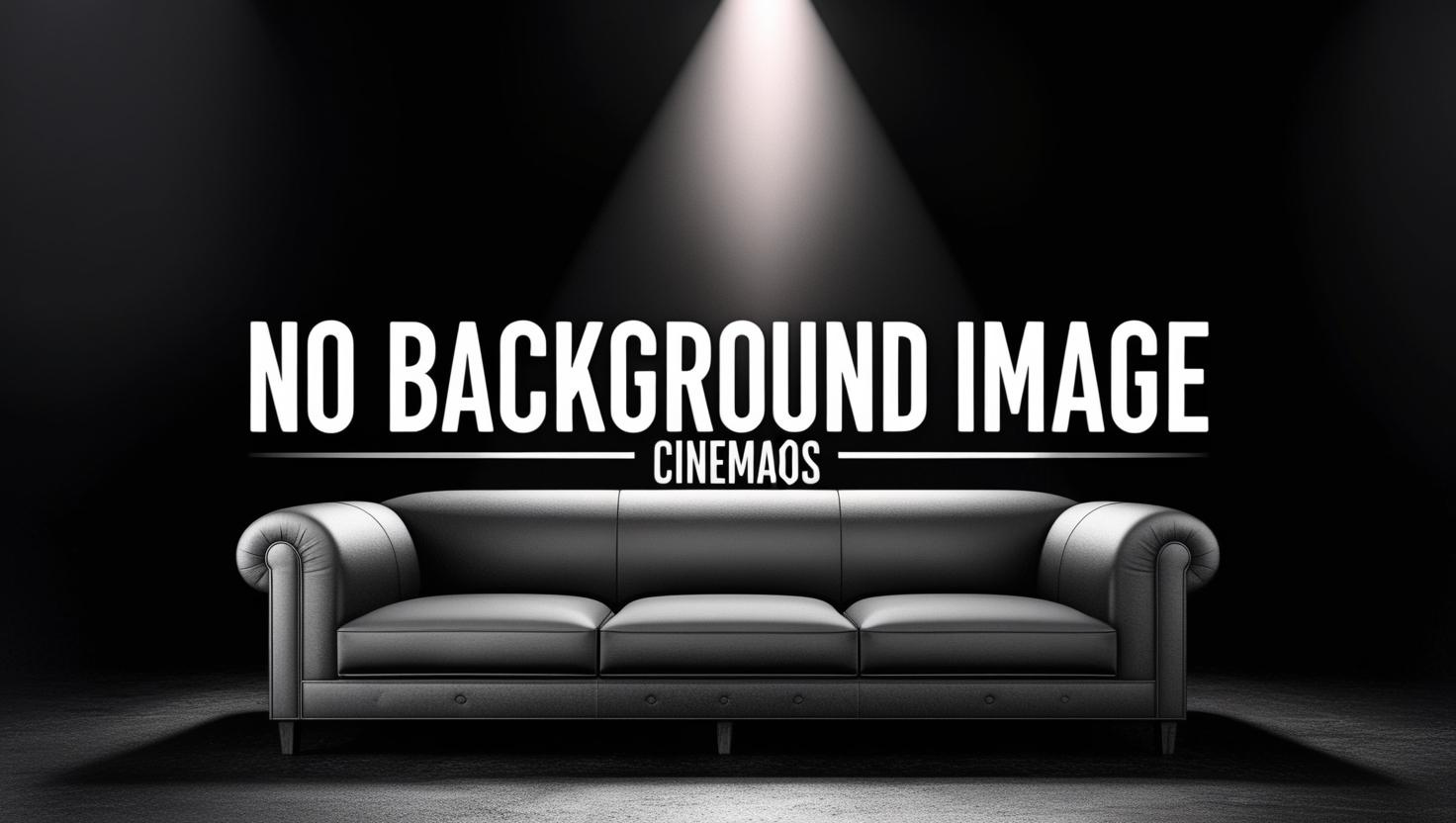
A Portrait of William Blake
2025
0h 14m
0.0(0 votes)
Documentary
Overview
A short documentary about the life work and philosophy of William Blake featuring an interview with John Higgs.
Links & Resources
Social & External
Videos & Trailers
1 video
Cast & Crew
1 member
Writing
John Higgs
Self
No Image










![Pico Sacro [The Holy Mountain]](https://image.tmdb.org/t/p/original/hr3xO9cKU0oRw8lEa3lXGTOKFRA.jpg)







